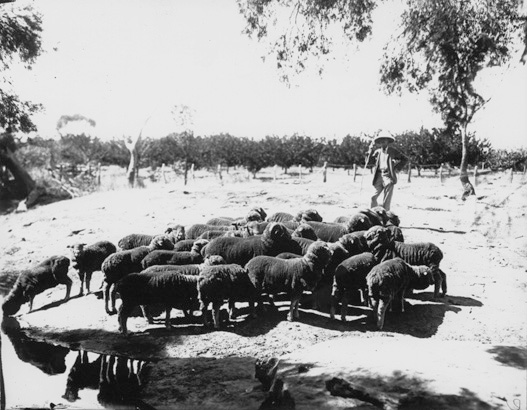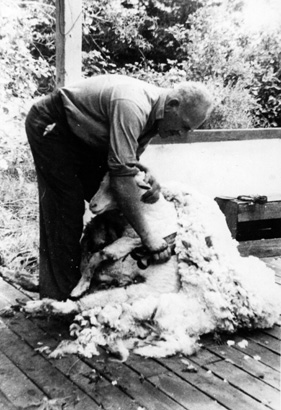|
Wool
Towards the end of the 19th century sheep farming had spread throughout Western Australia from the Kimberley to Esperance and even into the lighter
lands in the east of the State. The rich lands of the South West, particularly the wheatbelt area, became prime grazing grounds for merino sheep, while the stations of the State's pastoral districts supported large
numbers of sheep.
Western Australia's sheep breeders made many improvements in their stock through breeding programs. Despite periods of drought, poor prices and diminishing land
use, they vastly improved the State's wool clip to become one of the world's leaders in fine wool production.
The late 1920s witnessed a rapid rise in wool production. Sheep numbers peaked at 5.5 million just before the 1930s depression. The economic crisis, coupled with the
severe drought in pastoral districts between 1935 to 1940, forced farmers to cull sheep numbers drastically.
|










